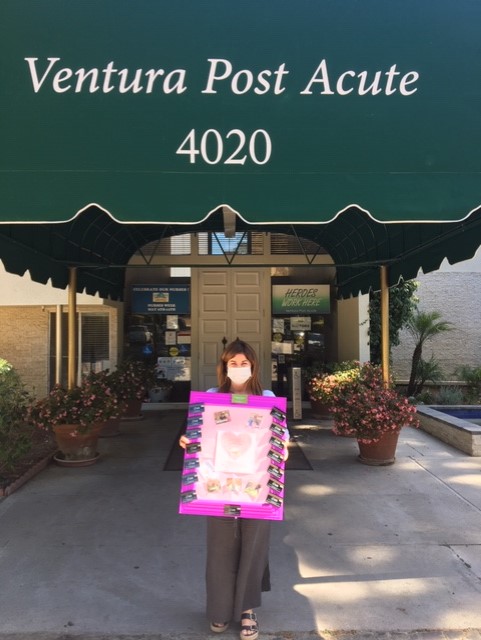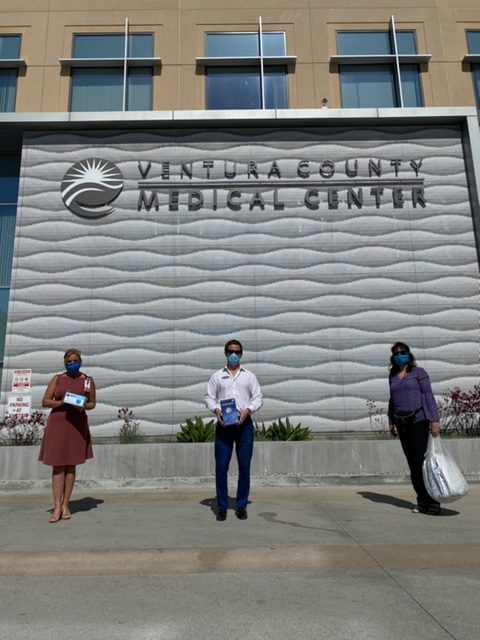by Kathleen A. Cameron, BSPharm, MPH
Hospitals across the country report that emergency department (ED) visits have declined significantly for illnesses not related to COVID-19. In particular, heart attacks and strokes appear to be going unchecked. Some hospitals also observe a decline in fall-related ED visits.
Doctors believe that people are so scared of contracting COVID-19 that they’re not seeking help for life-threatening ailments. Nationwide, nearly a third of adults say that they have delayed or avoided medical care because they are concerned about contracting COVID-19, according to a poll from the American College of Emergency Physicians. Nearly 75% of poll respondents also expressed concern about overstressing the health care system; more than half worried they won’t be able to see a doctor.
Strokes and heart attacks demand immediate attention
CardioSmart infographic outlining the symptoms of heart attacks and strokes
Use this helpful CardioSmart infographic to look for signs of stroke and heart attacks. Visit CardioSmart.org/Coronavirus to download
While stay-at-home guidance is a critical part of reducing the spread of COVID-19, if you are having symptoms of a stroke or heart attack or have experienced a fall and suffered a fracture, broken bone, or brain injury, it is important to seek medical care right away.
For strokes, in order for clot busters—medicines that break up clots and prevent long-term problems like paralysis—to work, or for surgeries to be successful, it’s crucial to get to the hospital within 3 hours after the first symptoms appear. Some patients are not eligible for treatments if they get to the hospital too late.
Heart attack victims also may suffer more if care is delayed. A report in the Journal of the American College of Cardiology looked at treatment of heart attack patients in March 2020, when COVID-19 cases were climbing, compared to the previous year and found a 38% reduction in patients being treated for a life-threatening event known as a STEMI—the blockage of one of the major arteries that supplies oxygen-rich blood to the heart, which results in a serious type of heart attack.
The bottom line
Our country is experiencing an unprecedented crisis with the COVID-19 pandemic, but we cannot add to any suffering that might result from not seeking prompt care for many serious, but treatable, conditions such as strokes, heart attacks, and falls with injuries.
The bottom line is that hospitals have safety measures in place to protect us from infections and have allocated beds for patients with non-COVID illnesses. If you are experiencing symptoms of a stroke or heart attack or if you’d had a fall and suspect an injury, it’s important to get prompt treatment that may save your life or avoid long-term complications. The “Cardiosmart” campaign from the American College of Cardiology encourages those with symptoms to call 911 for urgent care and continue routine appointments through telemedicine.
Don’t delay care.


